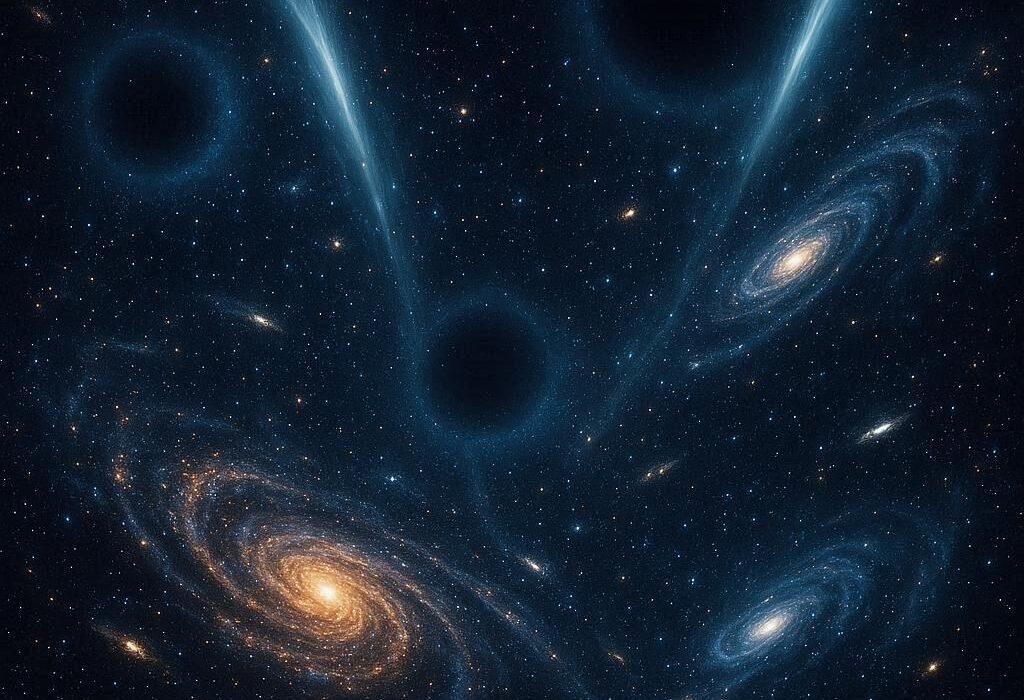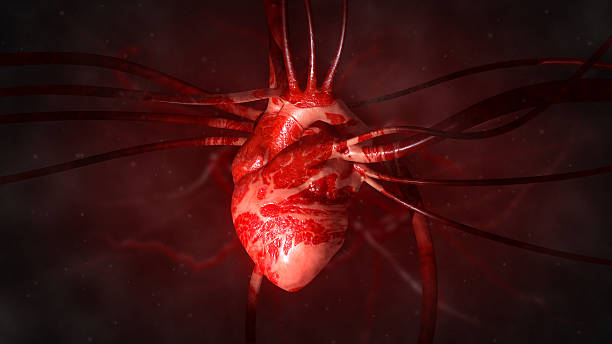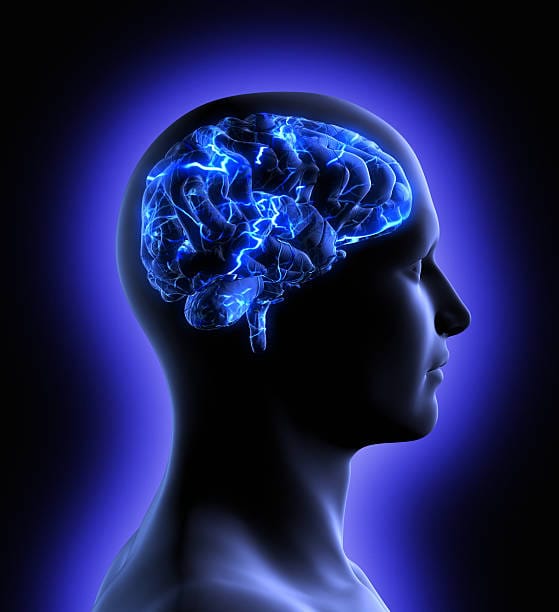Science is humanity’s most powerful language—our way of asking questions to the universe and receiving answers through evidence, logic, and imagination. Every great discovery is a turning point in our understanding of who we are, where we come from, and what is possible. From the invisible particles that form matter to the vast galaxies that spin through space, scientific discoveries have shaped civilization, technology, and even our sense of meaning.
The journey of science is not just about cold facts; it is a story of wonder, struggle, and creativity. It’s about curious minds daring to challenge the unknown, often in the face of disbelief or danger. Here are ten of the most important discoveries in science—ten moments that forever changed the course of human history.
1. The Discovery of Gravity – The Force That Binds the Universe
It began with an apple—or so the story goes. When a young Isaac Newton watched an apple fall from a tree in the 1660s, he didn’t just see fruit dropping to the ground. He saw the same invisible force that guides the planets in their celestial dance.
Newton’s formulation of the law of universal gravitation was one of the greatest intellectual leaps in history. He realized that every object in the universe attracts every other object with a force proportional to their masses and inversely proportional to the square of their distance. With that, Newton unified the heavens and the Earth under a single principle.
Gravity was no longer a mysterious divine force—it was a measurable, predictable phenomenon. His discovery gave birth to classical physics, the foundation upon which modern science was built. It allowed humanity to predict planetary motions, design early engineering marvels, and understand tides, orbits, and the very stability of the universe.
Centuries later, Einstein’s theory of general relativity would refine Newton’s ideas, showing that gravity is not a “force” but the warping of spacetime itself. Yet without Newton’s insight, we may never have known how deeply connected everything in the universe truly is.
2. The Discovery of the Laws of Motion – The Blueprint of Mechanics
Isaac Newton’s three laws of motion, published in Philosophiae Naturalis Principia Mathematica (1687), didn’t just explain how objects move—they explained how everything moves, from cannonballs to planets.
The first law (inertia) states that an object at rest stays at rest and an object in motion stays in motion unless acted upon by an external force. The second law relates force, mass, and acceleration—giving us the equation F = ma, the foundation of classical mechanics. The third law, “for every action, there is an equal and opposite reaction,” describes the balance of forces that governs everything from walking to rocket launches.
These laws transformed humanity’s relationship with the physical world. They enabled the birth of engineering, mechanics, and architecture on a scientific foundation. Every bridge, car, and spacecraft built since then owes a debt to Newton’s three simple but profound rules.
3. The Discovery of Electricity – The Spark That Powered Civilization
Electricity was once an invisible mystery that made hair stand on end and lightning flash across the sky. But through centuries of curiosity and experiment, humans harnessed it—and the world was never the same again.
In the 18th century, Benjamin Franklin’s famous kite experiment revealed that lightning and static electricity were the same phenomenon. Then, in the early 19th century, pioneers like Alessandro Volta, Michael Faraday, and James Clerk Maxwell transformed that mysterious energy into a scientific and technological revolution.
Volta created the first battery, Faraday discovered electromagnetic induction, and Maxwell’s equations unified electricity and magnetism into a single elegant theory of electromagnetism. These discoveries gave rise to the electric generator, the telegraph, the light bulb, and eventually every electronic device that defines modern life.
Electricity is not merely a convenience—it is the bloodstream of modern civilization. From powering cities to transmitting information across continents, it is the invisible force that connects humanity.
4. The Discovery of Evolution by Natural Selection – The Blueprint of Life
When Charles Darwin published On the Origin of Species in 1859, he didn’t just rewrite biology—he reshaped how humans see themselves. Darwin’s theory of evolution by natural selection revealed that all living beings, from the tiniest microbe to humankind itself, share a common ancestry.
According to Darwin, species evolve over time as individuals with advantageous traits survive and reproduce, passing those traits to future generations. This simple but powerful mechanism explained the immense diversity of life on Earth without invoking supernatural design.
The idea was revolutionary—and controversial. It challenged long-held beliefs about creation and humanity’s special status. But over time, evidence from genetics, paleontology, and molecular biology confirmed Darwin’s vision.
Today, evolution is the unifying principle of biology. It explains how life adapts, how diseases emerge, and even how our own species came to be. More than a theory of biology, it is a profound statement about the continuity of life—an unbroken chain stretching back nearly four billion years.
5. The Discovery of DNA – The Secret Code of Life
If Darwin revealed how life changes, the discovery of DNA revealed how life works. In 1953, James Watson and Francis Crick, building on the X-ray diffraction work of Rosalind Franklin, uncovered the double-helix structure of deoxyribonucleic acid—DNA.
This elegant spiral held the secret to heredity. It showed that all living organisms carry their genetic instructions in the same molecular language—a four-letter code of nucleotides (A, T, G, and C).
The implications were staggering. DNA explained how traits are inherited, how mutations occur, and how evolution operates at the molecular level. It laid the groundwork for genetic engineering, biotechnology, and modern medicine.
Today, we can read, edit, and even rewrite this code. The discovery of DNA has led to revolutionary advances—from the Human Genome Project to CRISPR gene editing. It has given humanity unprecedented power: the ability to understand and shape the very fabric of life.
6. The Discovery of Germ Theory – The Triumph Over Disease
There was a time when disease was blamed on evil spirits, bad air, or divine punishment. Then, in the 19th century, a few brilliant minds—Louis Pasteur, Robert Koch, and Joseph Lister—discovered the true culprits: microscopic organisms.
Pasteur’s experiments showed that bacteria caused fermentation and disease. Koch went further, identifying the specific bacteria responsible for deadly infections like tuberculosis and anthrax. Lister applied these insights to surgery, using antiseptics to prevent infection.
The germ theory of disease revolutionized medicine and public health. It turned hygiene into science, leading to sterilization, vaccination, and antibiotics. Millions of lives have been saved because humanity learned that invisible microbes, not curses, cause illness.
The discovery also changed how we see ourselves—as ecosystems teeming with microbes, most of them beneficial. Germ theory didn’t just cure disease; it revealed our intimate connection with the unseen world of life.
7. The Discovery of the Structure of the Atom – The Building Blocks of Matter
Everything—the air you breathe, the stars you see, and even your own body—is made of atoms. The idea of the atom dates back to ancient Greece, but it wasn’t until the late 19th and early 20th centuries that scientists uncovered its true nature.
John Dalton’s atomic theory in 1808 proposed that all matter is composed of indivisible atoms. Later, J.J. Thomson’s discovery of the electron in 1897 showed that atoms had internal structure. Ernest Rutherford’s gold-foil experiment in 1911 revealed a tiny, dense nucleus at the atom’s center, and Niels Bohr refined this model with his concept of electron orbits.
Then came quantum mechanics. Physicists like Schrödinger, Heisenberg, and Dirac transformed our understanding of the atom from a miniature solar system to a probabilistic cloud of energy and potential.
The discovery of atomic structure laid the foundation for chemistry, electronics, nuclear physics, and quantum theory. It led to technologies that power cities, explore the universe, and probe the origins of matter itself.
8. The Discovery of Relativity – The Revolution of Space and Time
When Albert Einstein introduced his theories of relativity in the early 20th century, he didn’t just modify Newton’s laws—he redefined reality itself.
His special theory of relativity (1905) revealed that space and time are not separate, but part of a single continuum called spacetime. It showed that time slows down and distances shrink for objects moving close to the speed of light. The famous equation E = mc² connected energy and matter, revealing that they are two forms of the same essence.
Ten years later, Einstein’s general theory of relativity took this further, describing gravity not as a force but as the curvature of spacetime caused by mass and energy. This insight explained the motion of planets, predicted black holes, and forever changed cosmology.
Relativity gave us GPS satellites, nuclear energy, and a deeper understanding of the universe. It proved that reality is not fixed—it bends, curves, and stretches in ways that defy ordinary intuition.
9. The Discovery of Quantum Mechanics – The Strange Rules of the Microworld
If relativity reshaped our view of the cosmos, quantum mechanics did the same for the subatomic world.
In the early 20th century, scientists like Max Planck, Niels Bohr, Werner Heisenberg, and Erwin Schrödinger uncovered a universe governed by probabilities, not certainties. At the atomic level, particles can behave like waves, exist in multiple states at once, and influence each other instantly across vast distances.
Quantum mechanics revealed that reality is far stranger than it seems. The deterministic world of classical physics gave way to one ruled by uncertainty—the famous Heisenberg Uncertainty Principle.
Yet from this mystery emerged some of the greatest technologies of the modern era: transistors, semiconductors, lasers, computers, and the very foundations of quantum computing and cryptography.
Quantum theory isn’t just a branch of physics—it’s the invisible architecture of modern life, shaping everything from your smartphone to the stars.
10. The Discovery of the Expanding Universe – The Birth and Fate of Everything
For centuries, humans believed the universe was static and eternal. Then, in the 1920s, astronomer Edwin Hubble looked through his telescope and changed everything.
Hubble discovered that galaxies are moving away from us, and that the farther they are, the faster they recede. This meant the universe is expanding—a revelation that led directly to the Big Bang theory.
The universe, it turns out, had a beginning. Roughly 13.8 billion years ago, all matter, energy, space, and time burst into existence from an unimaginably hot and dense state. Since then, it has been expanding, cooling, and evolving—forming galaxies, stars, planets, and life itself.
This discovery connected physics, astronomy, and cosmology into one grand narrative of creation and evolution. It opened new questions about dark matter, dark energy, and the ultimate fate of the cosmos.
The expanding universe isn’t just a scientific fact—it’s a story of origin and destiny, a cosmic poem written in starlight.
The Human Spirit of Discovery
Every one of these discoveries began with a question: Why? Why does an apple fall? Why do we get sick? Why are we here?
The beauty of science lies not only in the answers but in the pursuit itself. Each breakthrough expands our vision and deepens our humility. We learn that the universe is not centered on us—and yet, through our curiosity, it speaks to us.
From gravity to genetics, from atoms to galaxies, science reveals that everything is connected. Each discovery is a thread in the tapestry of understanding, woven by generations of dreamers who dared to see beyond the visible.
The story of science is the story of humanity itself—a species reaching for the stars, not out of necessity, but out of wonder.






